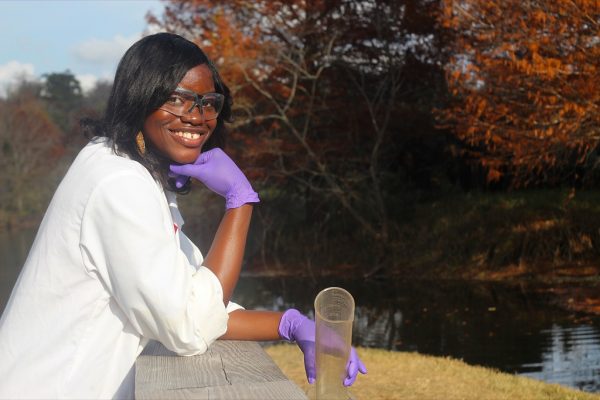July 16, 2021
The red swamp crayfish (Procambarus clarkii), better known as “crawfish” when we eat them, is just one of over 600 species of crayfish worldwide. Although crawfish are farmed and harvested in large numbers, and are at no risk of population decline, other crayfish species are not so lucky. Crayfish ecology experts, and Professional Affiliates of the CBCR, Drs. Zanethia Barnett and Susan Adams have written a review of the effects on native crayfish species of the physical and biological changes caused by dams. Their review finds that although dams may reduce habitat for native crayfish, they may also act as barriers to upstream movement of non-native crayfish. Non-native crayfish sometimes outcompete native species for essential resources and may also carry exotic diseases such as the crayfish plague pathogen (Aphanomyces astaci), a North American infectious water mold that has devastated European crayfish. Their comprehensive review allows them to show the complexity of conservation issues and the need for future studies to develop better ecological information on the effects of dams on crayfishes. Published in the peer-reviewed, scientific journal Frontiers in Ecology and Evolution, the paper titled “Review of Dam Effects on Native and Invasive Crayfishes Illustrates Complex Choices for Conservation Planning” is open source and freely available.

Professional Affiliate: Dr. Zanethia C. Barnett